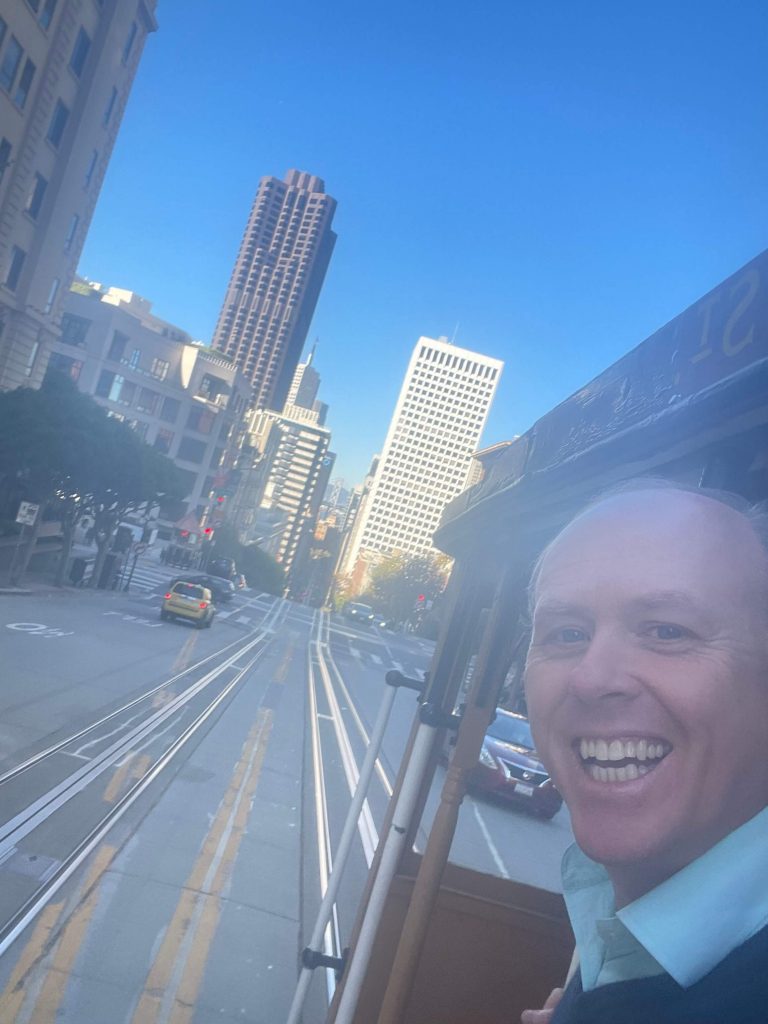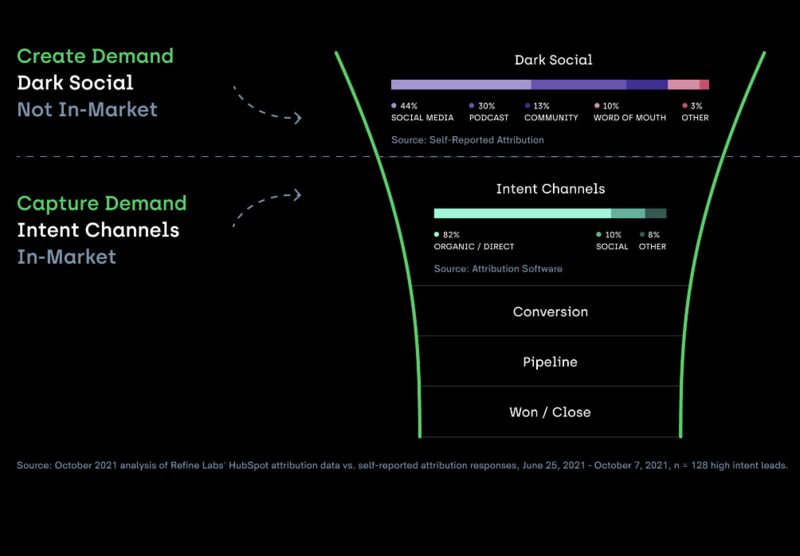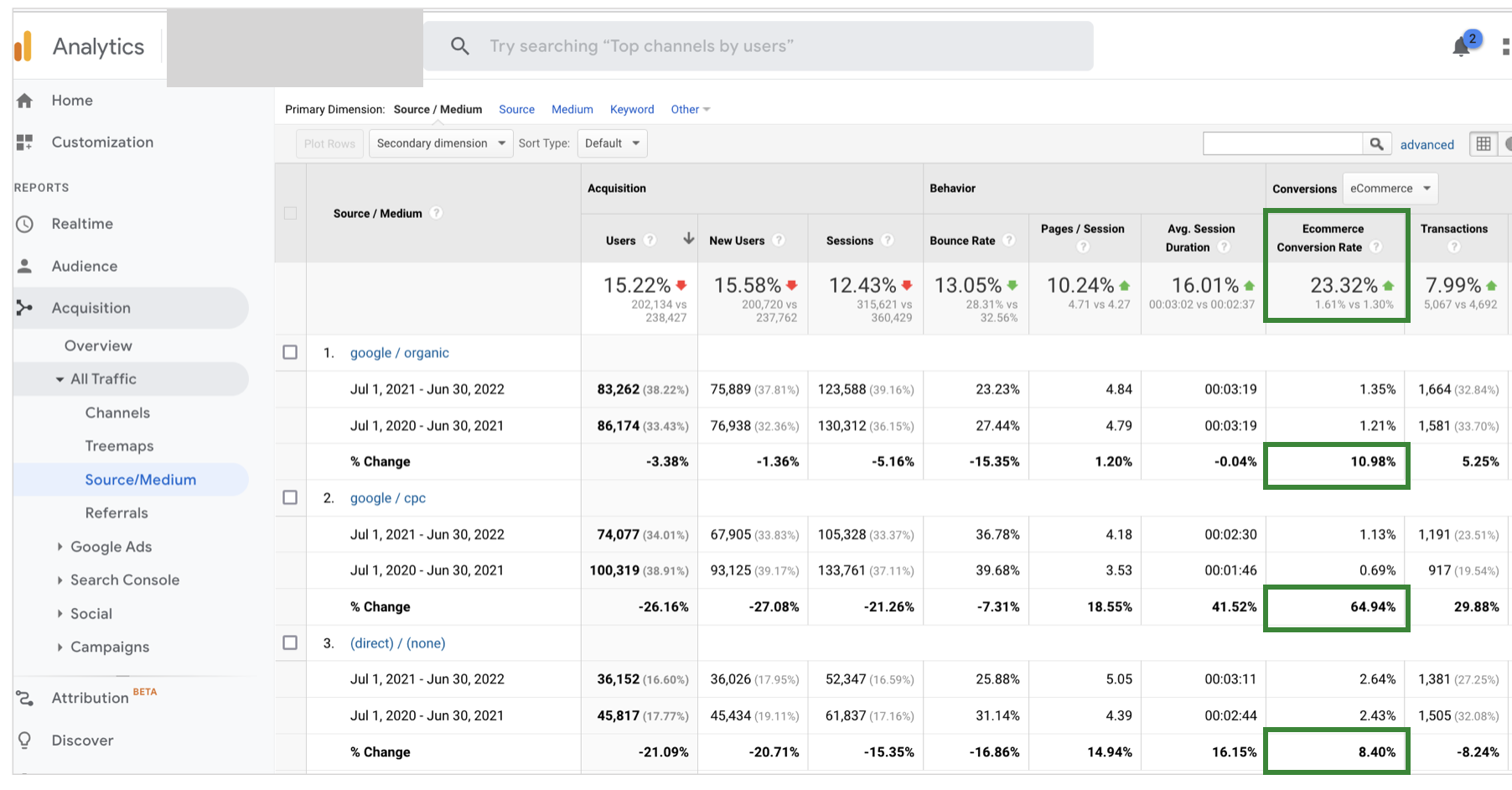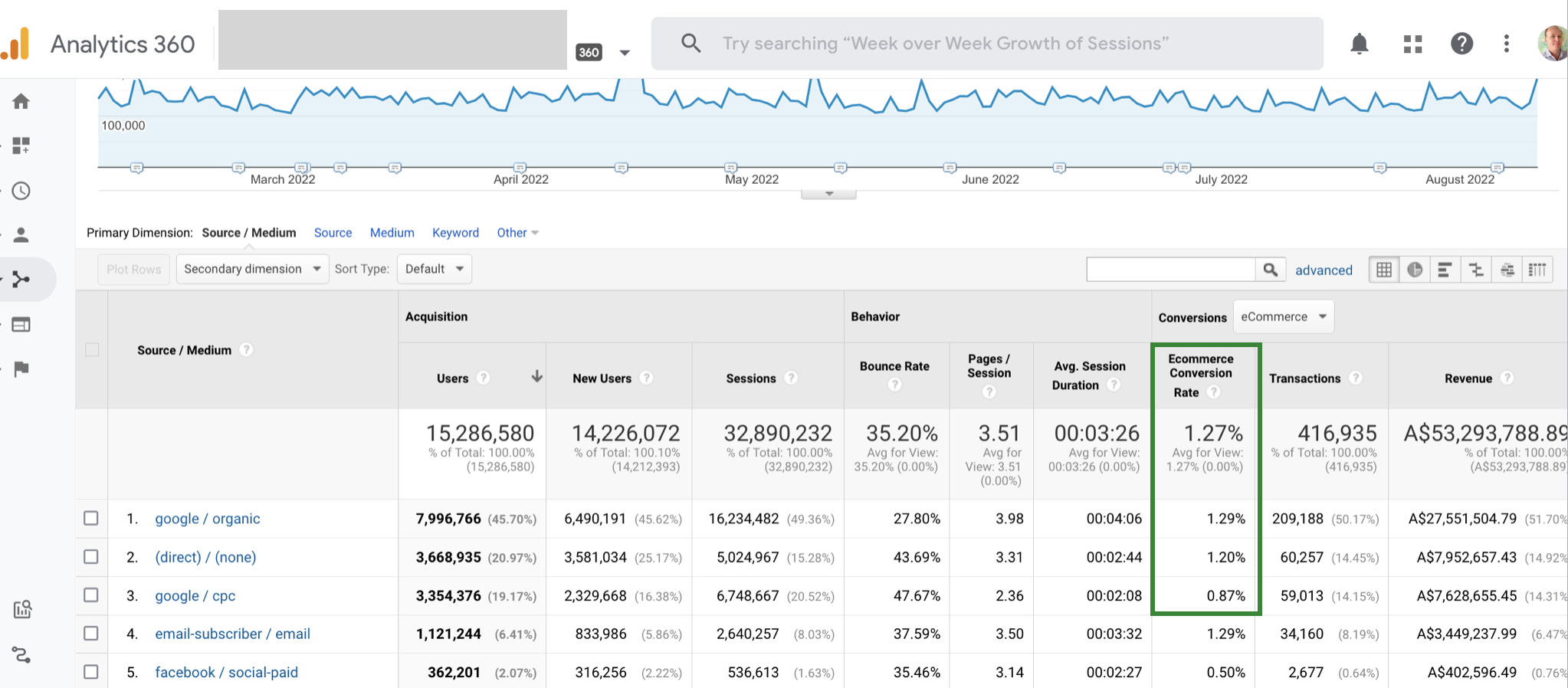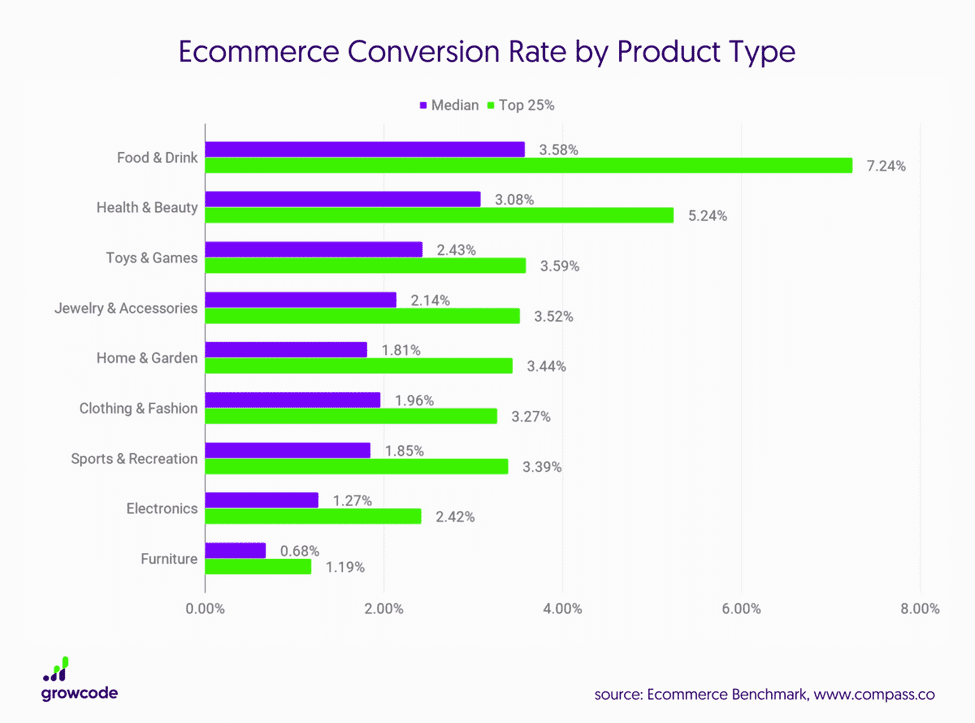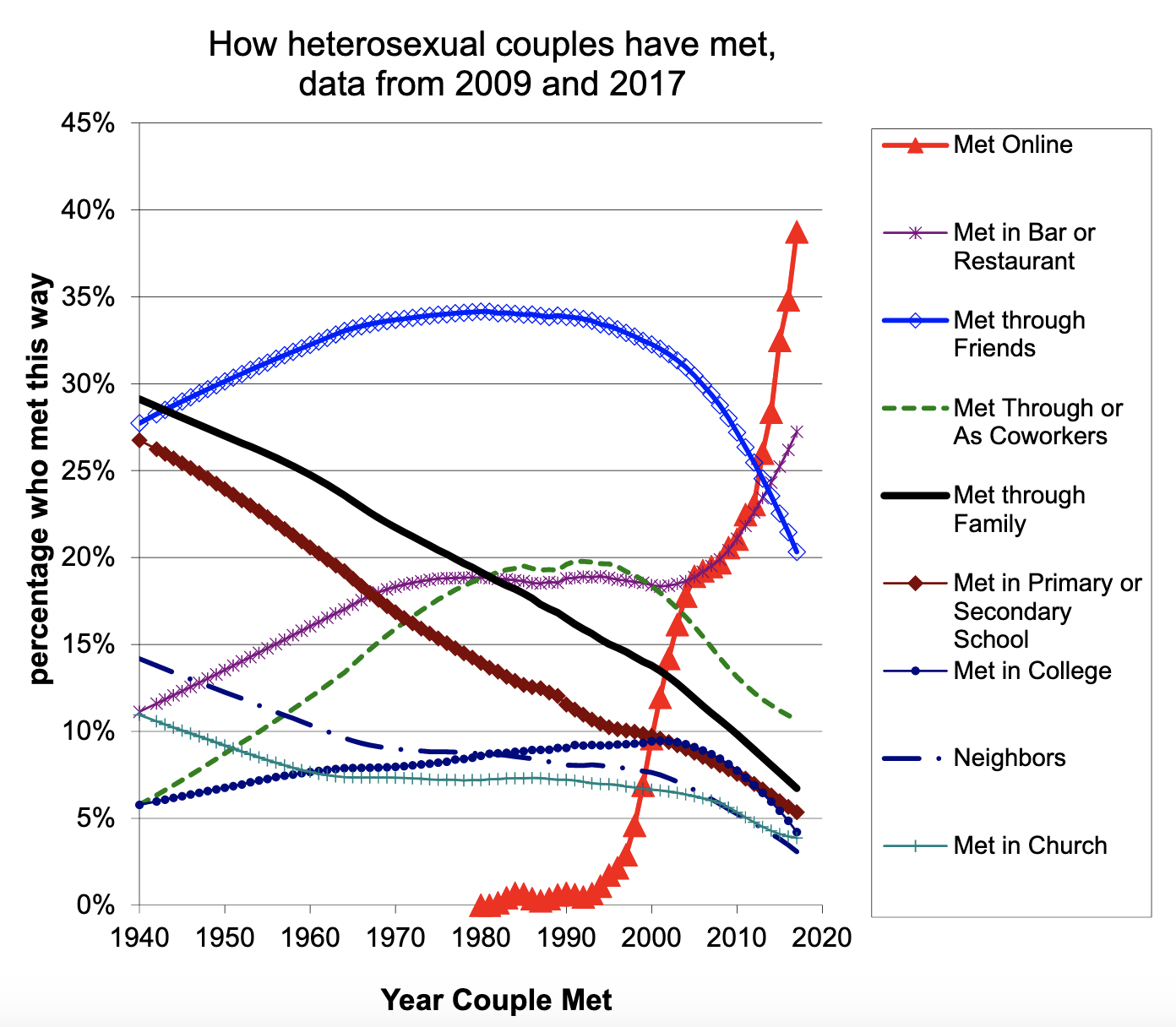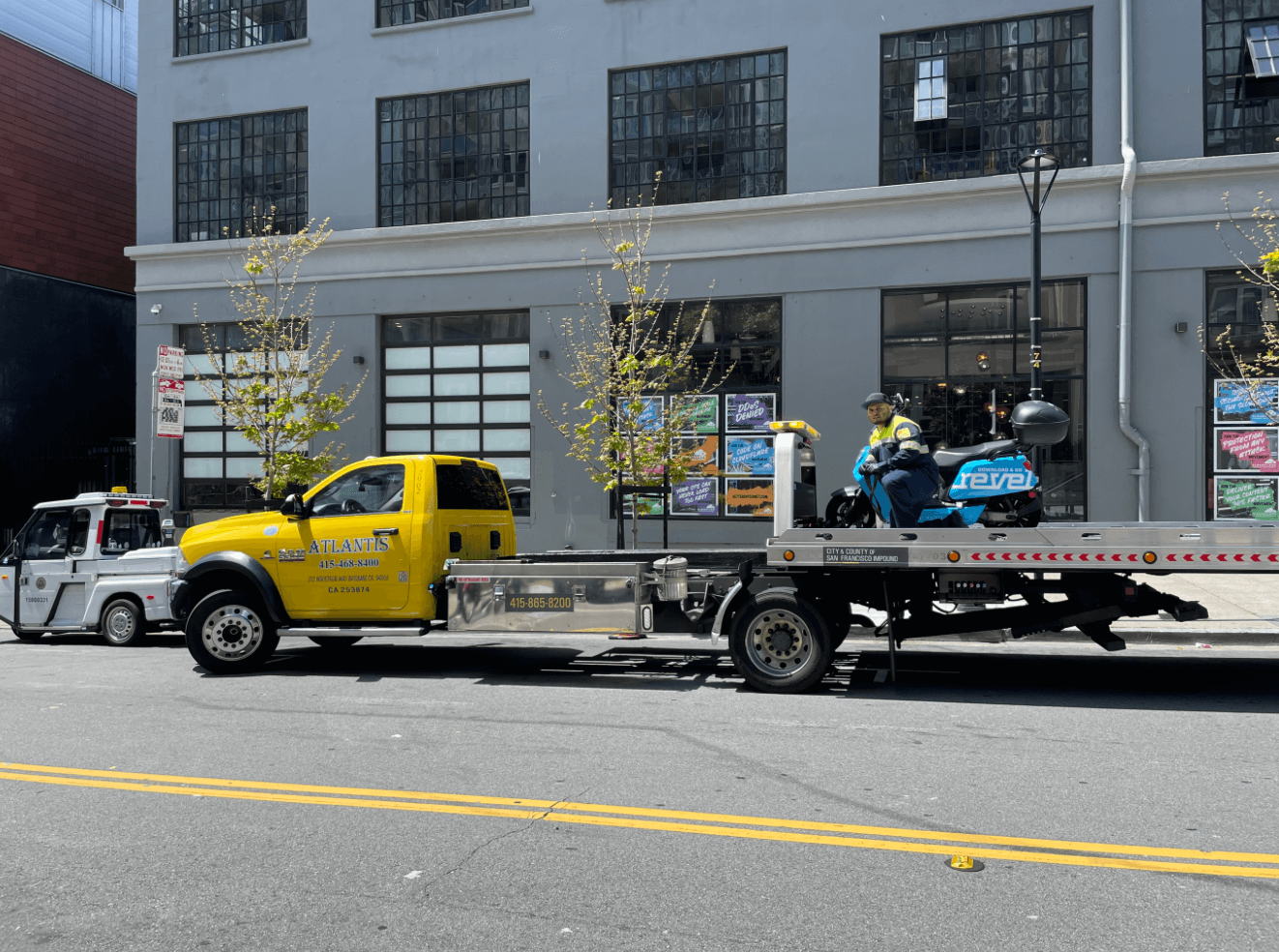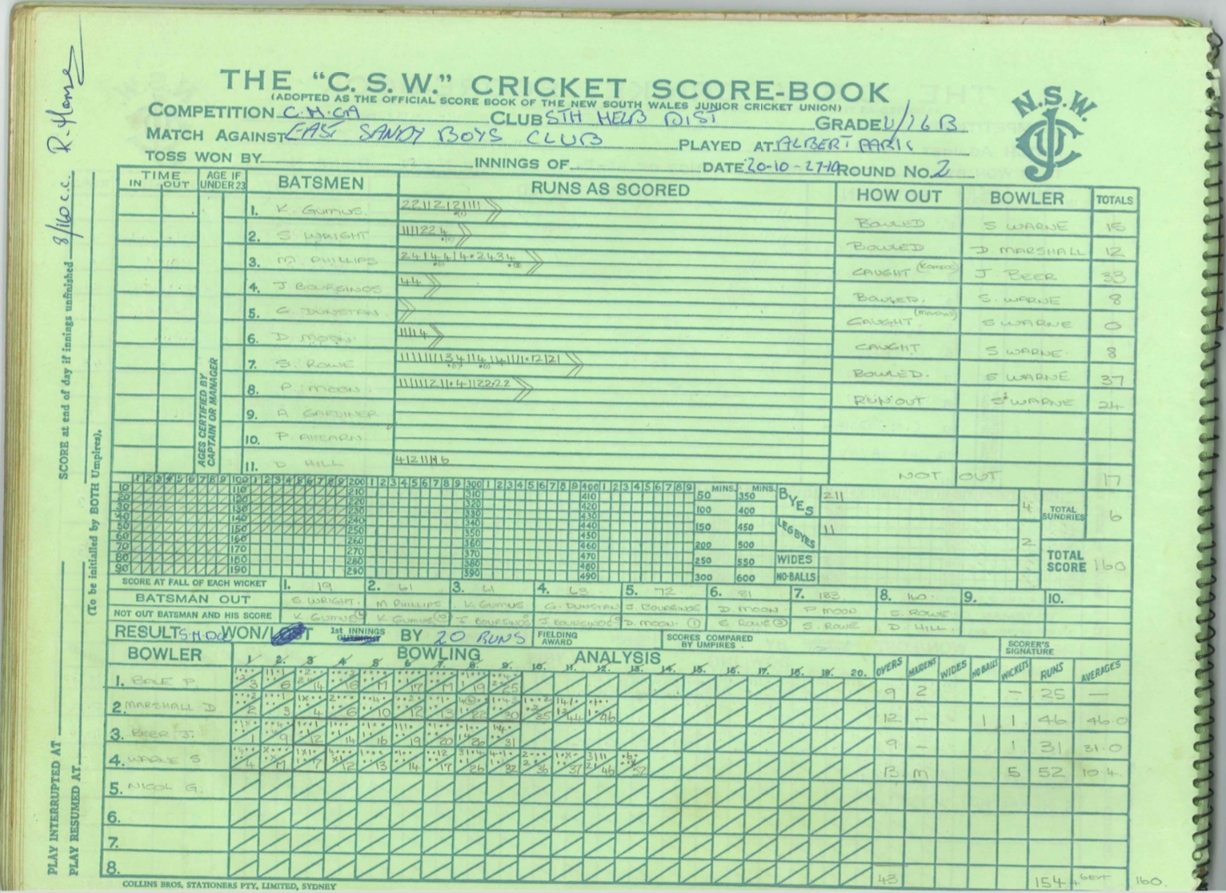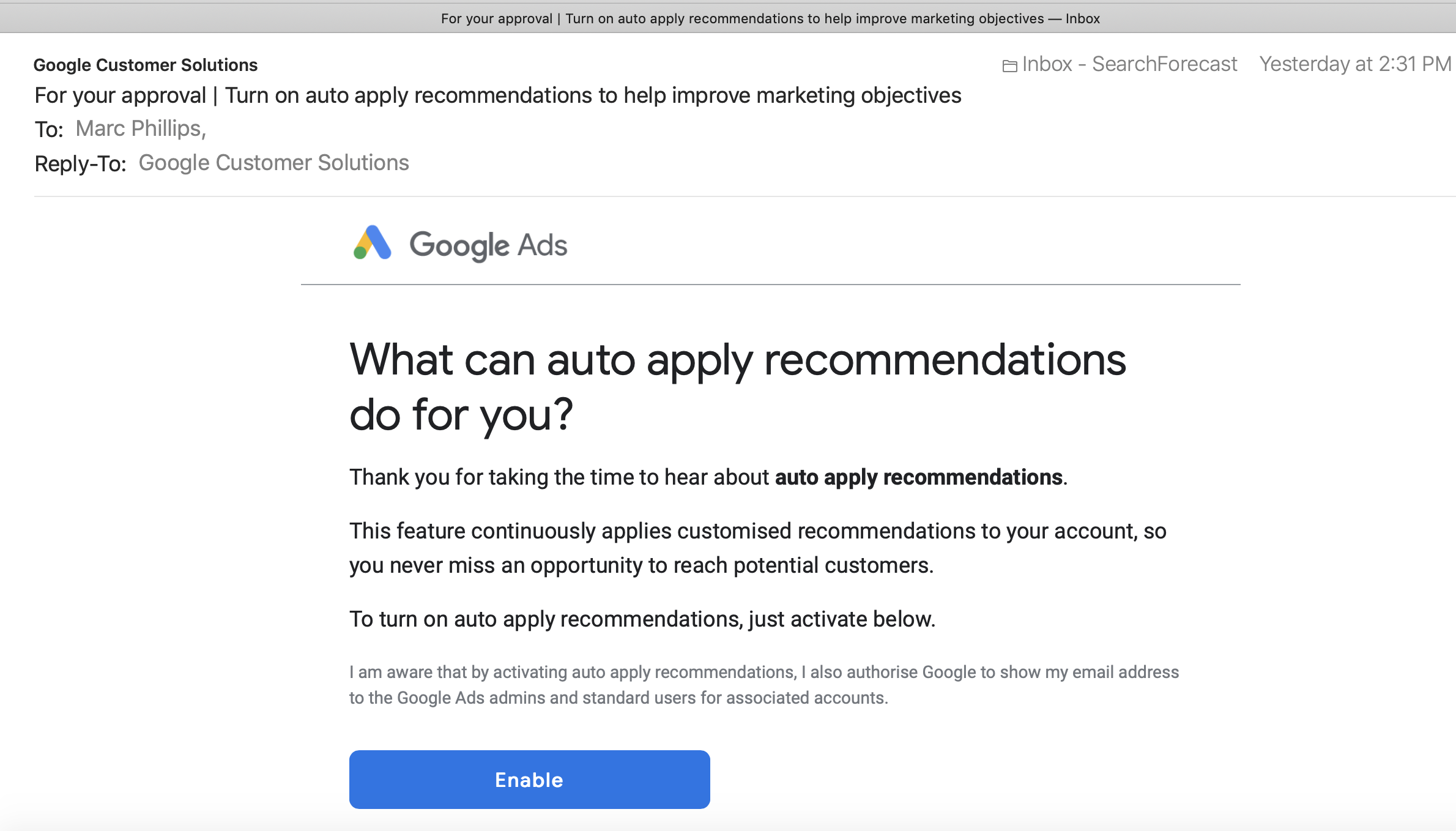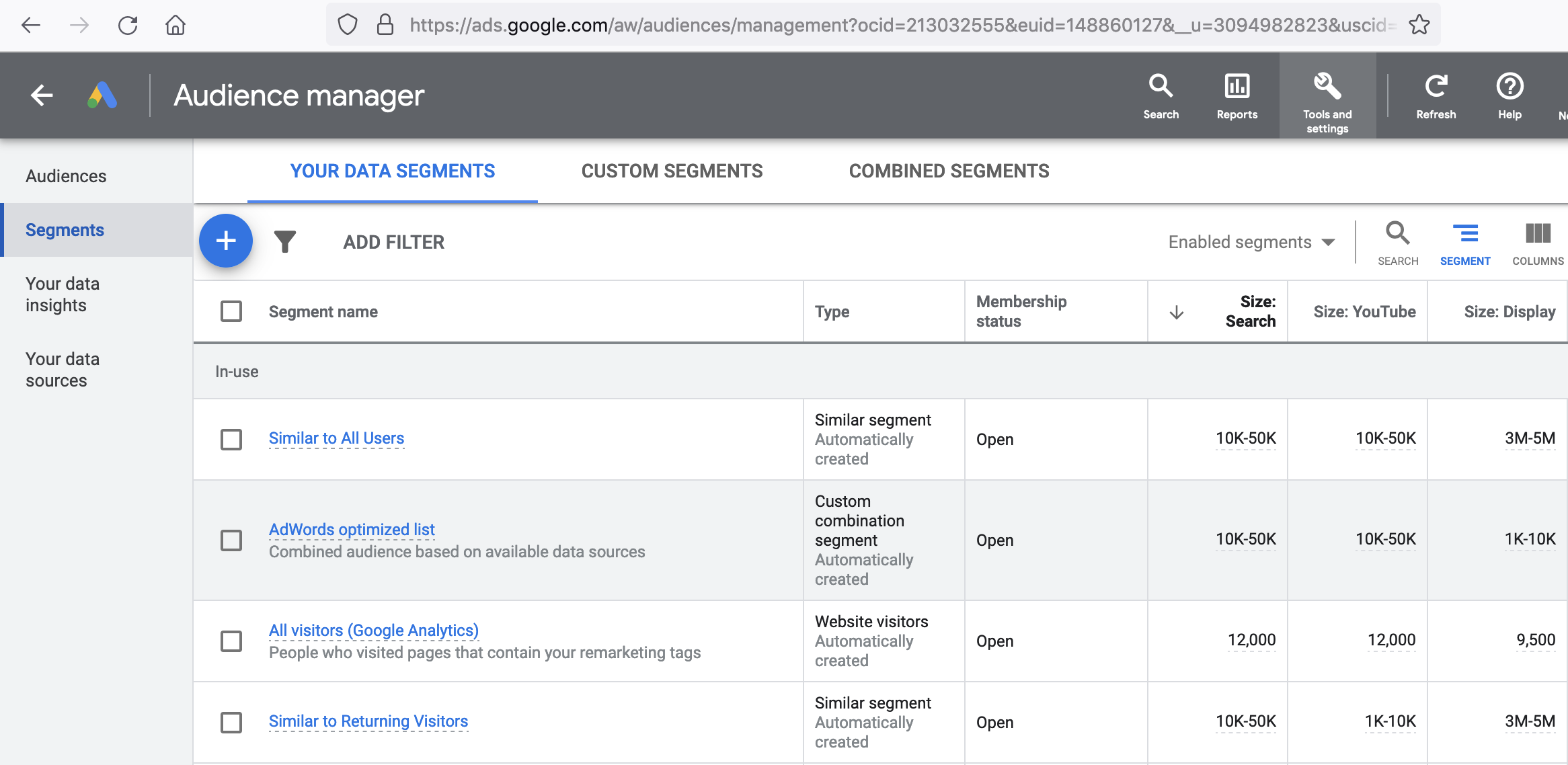You can’t escape the news of tens of thousands of people being retrenched from Meta, Stripe, Lyft, Twitter. All big Bay Area technology companies. Your LinkedIn feed is most likely populated with personal stories from friends and colleagues commenting on posts of folks that are dealing with a range of emotions after being let go from these companies. With tech stocks down about 65% in the past year, the cost cutting axe has fallen hard.
I have one piece of advice: Do things you’ve not done before. Yes, that’s right. Turn off the computer, go outside and do things you’ve not done before. Sounds easy right? It is. And most importantly while you’re doing things you’ve never done before, talk to people. That’s the oldest form of idea generation and motivation. And as Max Ehrmann wrote in his 1927 poem ‘Desiderata’ … “listen to others, even to the dull and the ignorant; they too have their story.”
I rode the California Street tram car in San Francisco for the first time ever last week after 20 years. And I spoke to the person sitting next to me (instead of getting an Uber by myself). I took time on a plane from Phoenix recently to speak with a lady who I noticed had books about embroidery and knitting. Who knew it was a good stress relief for Carolyn, the head of sales for this national agricultural grain wholesaler!
It’s not always what we think that opens up new opportunities. So be brave and do things you’ve not done before and talk to people. Therein lies the first step towards your next unexpected opportunity.
